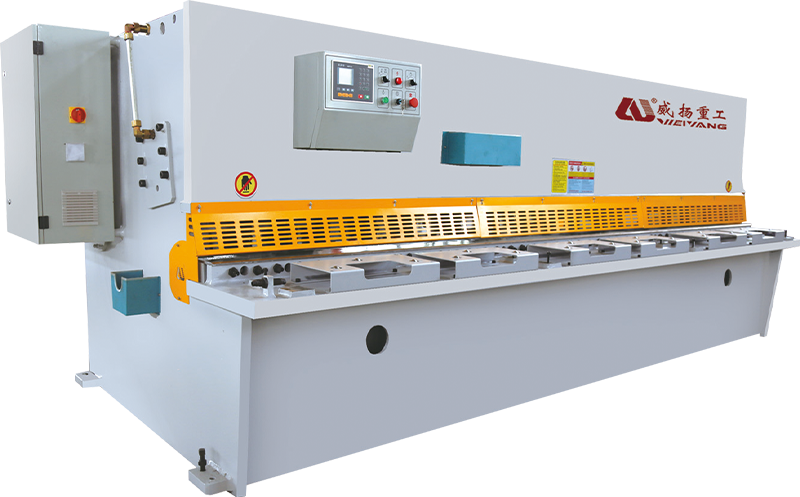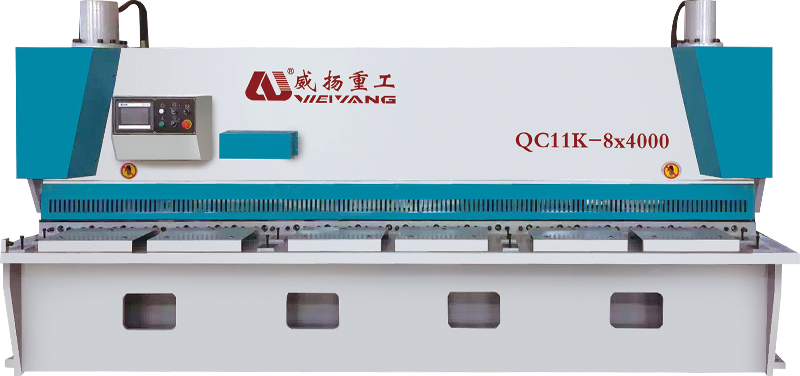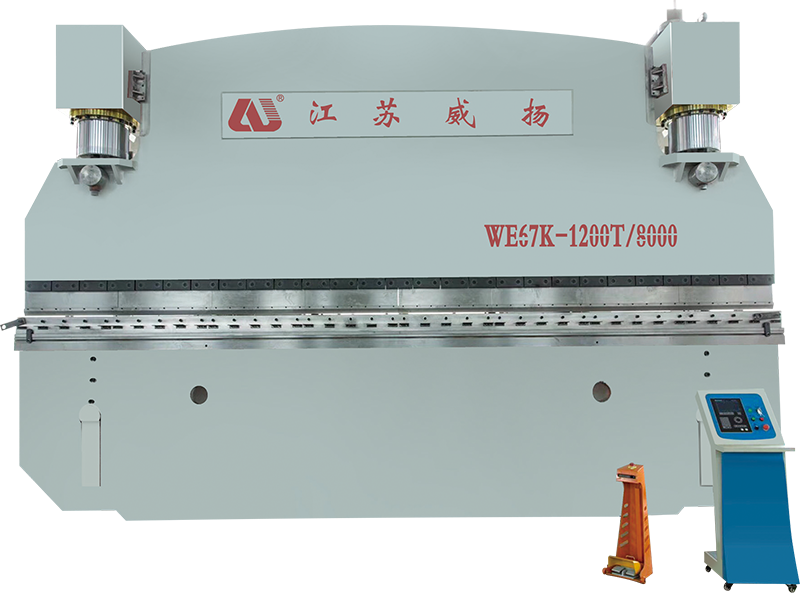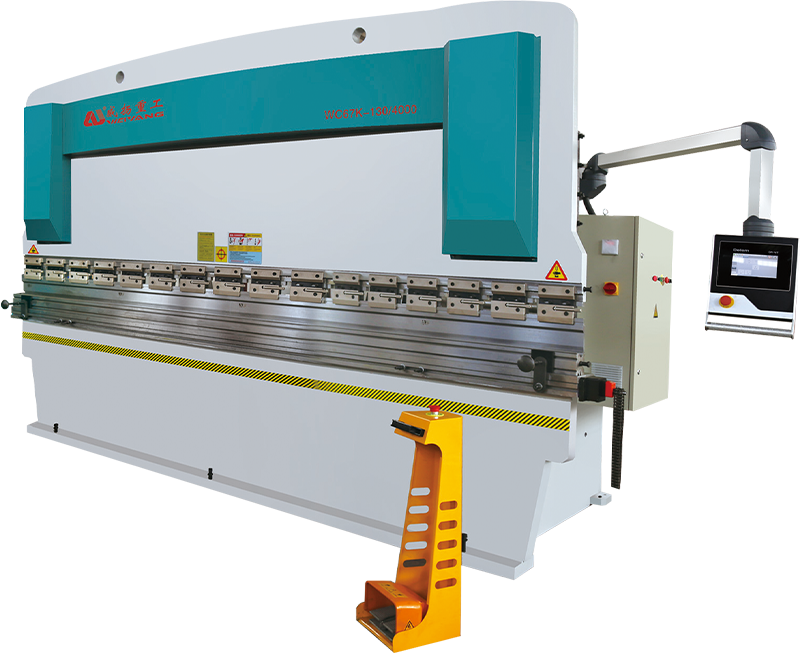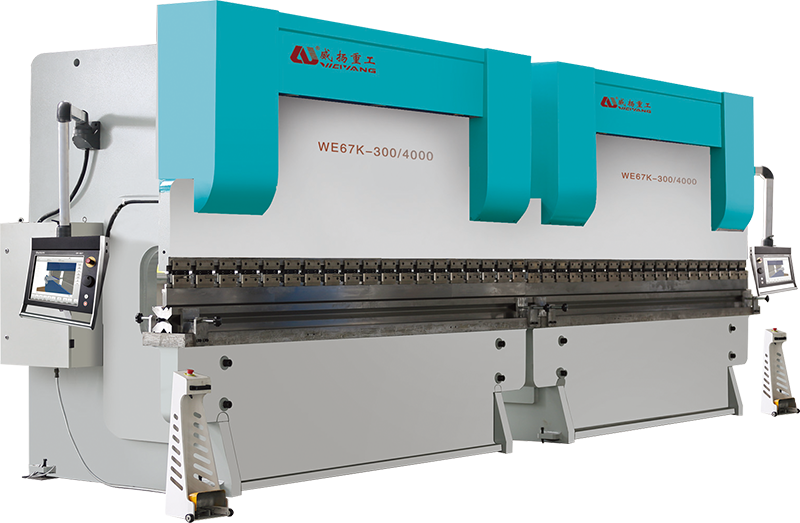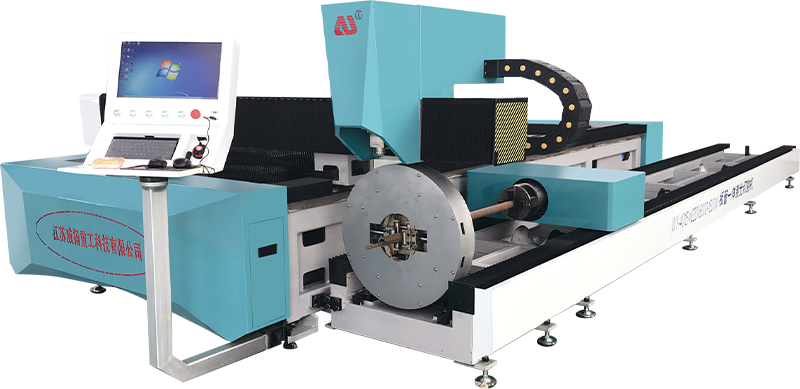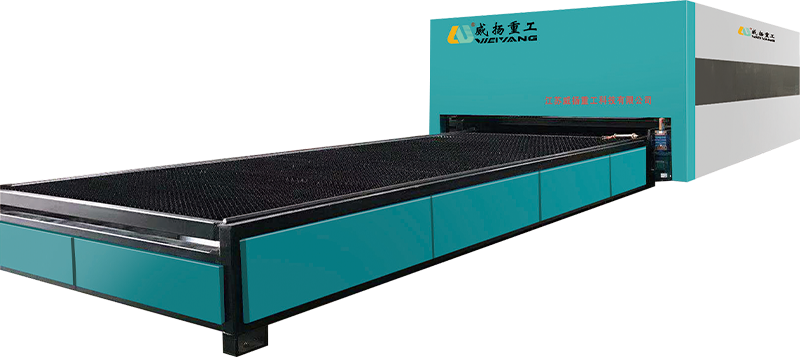How effective is the suction system on the Hand Push Floor Washing Truck in collecting wastewater?
The suction performance of a Hand Push Floor Washing Truck is primarily governed by the vacuum motor’s power output and its corresponding airflow rate, typically measured in cubic meters per hour (m³/h) or liters per second (L/s). Higher airflow rate ensures that wastewater and small solid particles are quickly and thoroughly drawn into the recovery tank, minimizing residual moisture left on the floor. Commercial-grade units often feature vacuum motors rated at 400–800 watts with airflow capacities exceeding 20 m³/h, which allows for efficient cleaning of large areas with minimal drying time.
The suction system’s efficiency is heavily influenced by the squeegee mechanism, which directs the wastewater into the suction inlet. A high-quality squeegee assembly uses precision-engineered blades made of wear-resistant rubber or oil-resistant polyurethane, designed to maintain constant contact with the floor surface. Dual-blade or V-shaped designs enhance water channeling and reduce streaking. The adjustability of blade pressure and squeegee tilt ensures consistent performance across different floor textures, including slightly uneven or textured surfaces.
The overall water recovery rate is a critical performance indicator for a Hand Push Floor Washing Truck. Units with optimized suction and squeegee integration typically achieve recovery rates between 90% and 98%, depending on surface smoothness and operator technique. On smooth surfaces like vinyl, tile, and sealed concrete, near-complete drying is achievable after a single pass. On rougher or porous surfaces such as non-slip coatings or textured cement, some moisture may remain, but effective suction prevents pooling and minimizes drying time, supporting safety and operational continuity in industrial or commercial settings.
One of the known limitations of Hand Push Floor Washing Trucks is reduced suction efficiency along wall edges and in corners due to the fixed width and central positioning of the squeegee and vacuum inlet. Some higher-end models are equipped with curved or side-offset squeegees to slightly extend reach, while others include flexible skirts or splash guards that help guide water inward toward the suction path. Nevertheless, manual detail work is often required to ensure full coverage in narrow areas, especially in facilities with tight aisle spaces, shelf bottoms, or equipment obstructions.
An efficient suction system must be paired with a thoughtfully designed wastewater recovery tank to ensure hygienic and convenient disposal. Tanks in high-quality Hand Push Floor Washing Trucks often feature anti-splash baffles, wide drain outlets, and sloped bottoms for complete emptying. Filter meshes or float shut-off valves are used to protect the vacuum motor from foam or debris ingress. Transparent sight windows or external fill indicators also assist the operator in monitoring wastewater levels, reducing the risk of overflow or suction loss during operation.
Sustained suction efficiency over extended cleaning cycles depends on proper system maintenance and resistance to operational wear. Over time, suction hoses can accumulate debris or develop internal blockages, gaskets and seals may deteriorate, and filters can clog due to dust or foam buildup. Leading manufacturers address this with modular suction assemblies that allow quick access to critical components, washable HEPA or mesh filters, and anti-foam tanks or float ball mechanisms. Preventive maintenance protocols—including daily rinse-down of recovery tanks and weekly inspection of the vacuum line—are essential for preserving long-term performance in demanding environments such as factories, airports, or shopping malls.





